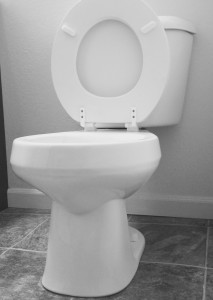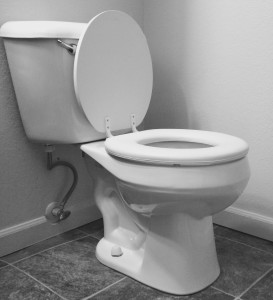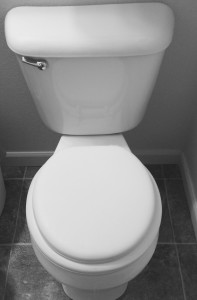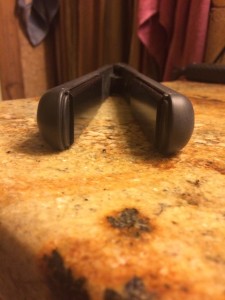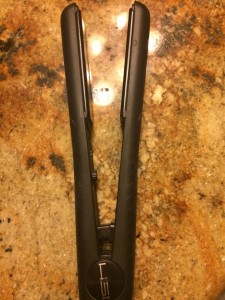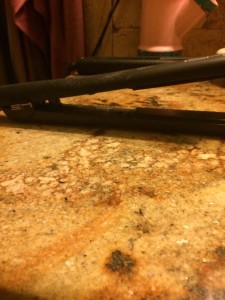Prownian Analysis
Description: This item looks to be about 2 feet from is lowest point to its highest point and 1 foot from the middle point end to end which increases to about 1.5 feet from the top side to side. It looks to be made of a smooth material that is all white, except for a small gray and shiny handle, it is glossy and is cold to the touch.
Deduction: It looks like an object that could be sat upon as it is shaped similar to a chair or it could have been chest height if you sat around it and seems to be located away from living and eating areas in its own separate room. The material suggest that it is very strong and would be able to be used by large groups of men, women and children and could be used multiple times over. There is water in the bowl and a handle to flush away the water, which suggest that this item could be used to have access to water or to flush away.
Speculation: This item looks to be made for bringing in and flushing water away from the living quarters without having to walk such a long way. This item could have been created to save time, keep people out of the elements, comfort and sanitary reasons.
1.) Was this used for religious purposes? As it is circular and if you sat or knelt around it ,it would be just about chest height.
2.) Was this to bring water into the home and a way to send it back out of the home?
3.)Why was it in a separate area of the house that is small and enclosed?
https://www.plumbingsupply.com/toilethistoryindia.html
This article really dives into the past based on historical facts and then progresses to the current use of the toilet. In the past not a lot of thought was put into or given to bathroom habits as this would have been considered vulgar. Once civilization started to have a home and sanitation came into plat it started advancing slowly but took a long time.
The authors’ method of understanding is based on historical facts and he doesn’t really seem to do a big analysis on the object itself.
BALDWIN, PETER C. Public Privacy: Restrooms in American Cities, 1869-1932. Journal of Social History. Winter2014, Vol. 48 Issue 2, p244-288. 25p.
For peer reviewed I wasn’t able to find anything specific on the history of the toilet but I was able to find an article on public restrooms in America. This looks at how the state was trying to protect privacy and encourage personal care. Again not looking as much at the object itself but on the past.
